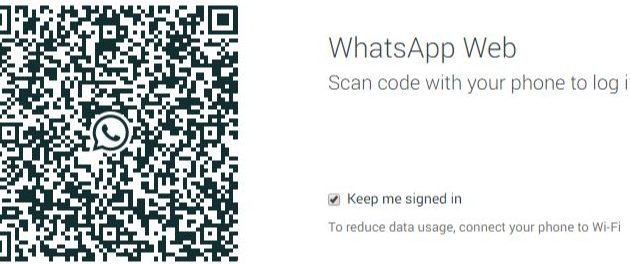Unlock the power of Web QR codes – the newest way to connect with your audience! With the rise of smartphone usage, these codes have become an increasingly popular method of linking users to specific web pages or URLs. Simply scan the code using your camera and be redirected to the URL.
Here’s why web QR codes are a game-changer:
Join the web QR code revolution today and discover a unique way to share information with your audience. Whether it’s for business or personal use, web QR codes offer a simple, convenient and creative solution.
Understanding QR Codes
QR codes, or quick response codes, are two-dimensional barcodes that store data in a square shape. They can be scanned using a smartphone or other mobile device, allowing users to quickly and easily access information. QR codes are commonly used in advertising, marketing, and other industries to provide consumers with additional information, coupons, or discounts.
History of QR Codes
QR codes were first invented in 1994 by Denso Wave, a subsidiary of Japanese automotive company Toyota. Originally, QR codes were designed to track parts during the manufacturing process, but they quickly became popular in other industries. In recent years, QR codes have become widely used in advertising, marketing, and mobile app development.
How Do QR Codes Work
QR codes work by using a pattern of black and white squares to encode data. When a user scans a QR code using their smartphone or other mobile device, their device reads the pattern and decodes the data. The data can be anything from a hyperlink to a video, a promotional offer, or contact information.
Benefits of QR Codes
There are many benefits to using QR codes in advertising, marketing, and other industries. Some of the key benefits include:
- Convenience: QR codes offer a quick and easy way for consumers to access additional information or promotional offers
- Engagement: QR codes can be used to drive engagement and increase customer loyalty
- Data: QR codes can provide valuable data insights into consumer behavior and preferences
- Cost-effective: QR codes are a relatively low-cost marketing tool, making them accessible to businesses of all sizes
Types of QR Codes
There are several different types of QR codes, including static, dynamic, and frame QR codes. Static QR codes typically contain fixed information, while dynamic QR codes can be updated and changed as needed. Frame QR codes are animated, allowing for more creative and engaging marketing campaigns.
Why Web-based QR Codes are Essential
Web-based QR codes offer several advantages over traditional QR codes. One of the main benefits is that web-based QR codes can be accessed from anywhere, making them more convenient for users. Additionally, web-based QR codes can be easily updated and changed as needed, making them a more flexible marketing tool.
How To Create a Web QR Code
Creating a web-based QR code is relatively simple. There are many online tools and services that allow users to create and customize QR codes. Users can simply enter the information they want to encode, select a design and color scheme, and generate the QR code.
Best Practices for Web QR Codes
To get the most out of web-based QR codes, it is important to follow some best practices. Some tips for creating effective web-based QR codes include:
1. Make it visually appealing: Use an attractive design and color scheme that is eye-catching and easy to read.
2. Provide value: Ensure that the QR code provides real value to users, whether it is access to exclusive content or a promotional offer.
3. Test and refine: Continuously test and refine your web-based QR codes to ensure they are delivering the desired results.
By following these best practices, businesses can create effective web-based QR codes that drive engagement and provide value to consumers.





